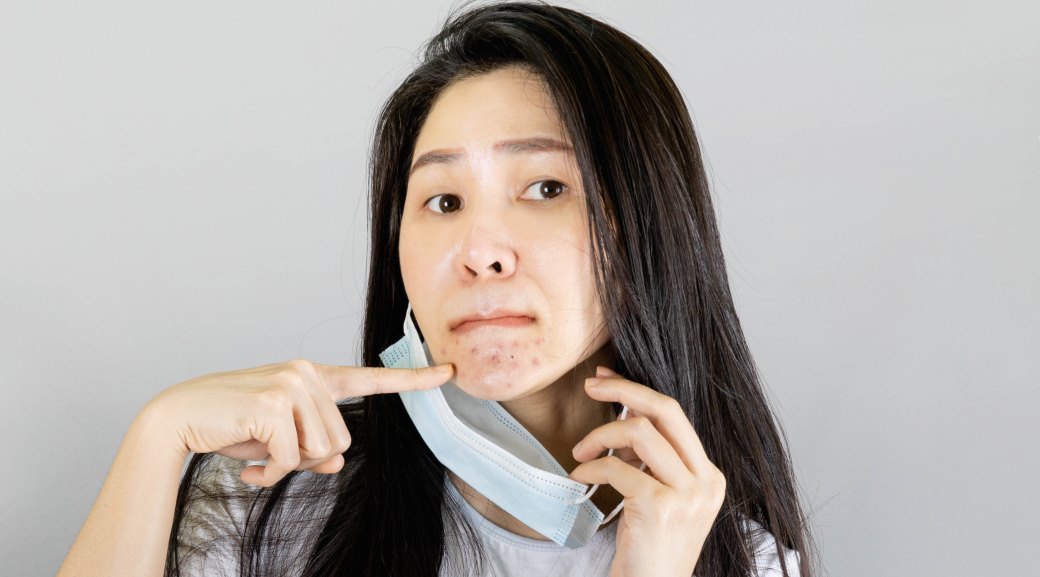Wearing face masks to ward off colds and flu has been a habit in South Korea for years, as it has in other Asian countries. But the Covid-19 pandemic made the practice mandatory in October for anyone over the age of 14.
AmorePacific, one of the two major giants of the South Korean cosmetic industry alongside LG Household and Healthcare, recently conducted a first-of-its-kind study on non-health workers to understand how wearing face masks for extended periods affected the skin.
The maker of the Innisfree, Laneige and Etude House brands is the 12th largest cosmetic company in the world and devotes a significant part of its profits to R&D.
The AmorePacific Research Institute of Technology discovered that wearing a mask for one to six hours can raise the skin’s temperature on the cheeks, chin, forehead and around the mouth, potentially leading to redness. The reason? – a combination of the person’s warm breath and the sealing effect of the mask.
However, there was no significant difference in the rise of temperature between one to six hours of wearing a mask, so the length of time isn’t an issue.
Maskne has become a widely-used term for breakouts caused by mask-wearing and the research underlines why. Sebum production increases on the forehead, cheeks and chin when a person wears a mask.
Not surprisingly, the drying effect of masks causes the mid-face area and around the mouth to experience lower levels of hydration, by contrast to areas of the face that are left bare.
The researchers noted that wearing a mask during the Covid-19 pandemic is essential, but at the same time preparing for expected skin changes is also important for skin health. In this respect, our findings suggest the skin covered with the face mask needs to be treated extra carefully due to changes like redness, increased sebum production and loss of hydration.
The study group comprised men and women in their 20s, 30s and 40s.

